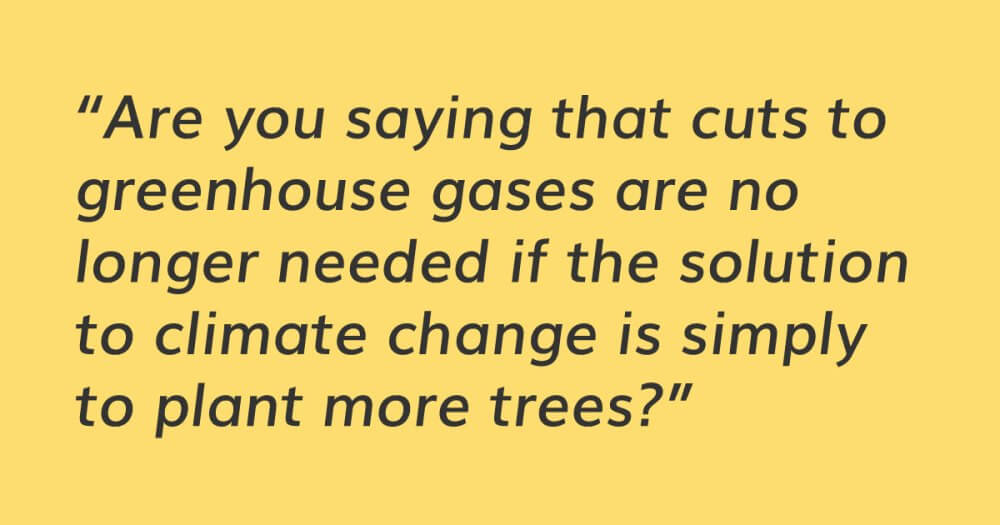By Crowther Lab
The soil community is comprised of all the living organisms found in the soil, including fungi, bacteria, archaea, protists and animals. The organisms in this community drive the carbon and nutrient cycling that regulate soil fertility, atmospheric composition and the climate.
The soil community stands in contrast to the non-living, physical aspects of soil, including characteristics such as texture, density, mineral content, and chemical composition of soil.

People have known for a long time that soil can be managed to support healthy ecosystems. But the findings of this paper are new for two reasons:
- By synthesizing previously published studies, we show that there are clear, consistent patterns in soil biodiversity and soil carbon storage at a global scale. In identifying these patterns, we show how changes in the soil community determine the distribution of carbon on Earth. With this knowledge, we can begin to see how we can manage soil communities to maximize ecosystem health. If land management efforts are tailored to support the right soil communities, they can promote healthy plants and carbon storage in agricultural or natural settings.
- By looking at the global patterns, we can see for the first time just how important the different types of soil communities are for carbon storage. For instance, soils that are dominated by bacteria have fast carbon cycling and lose a lot of carbon into the atmosphere. In contrast, those dominated by fungi generally trap more carbon in the soil for long periods of time. As such, if we can manage soils to promote the dominance of long-lived fungi (e.g. using soil inoculants or no-tillage practices), we can promote the storage of carbon in the soil.

There are many, many scientists and soil ecologists working very hard to better understand the role that soils and soil communities play in regulating the carbon cycle.
We believe the focus should now be on generating a global, holistic view of below ground soil communities. We need to step back from local, taxonomic-based and context-dependent research on soil communities to instead look at global patterns of groups of soil organisms. Expanding our perspective of global soil communities will enable us to better identify consistent patterns in soil biodiversity and soil carbon cycling, which will be needed to effectively manage soils in a changing world.
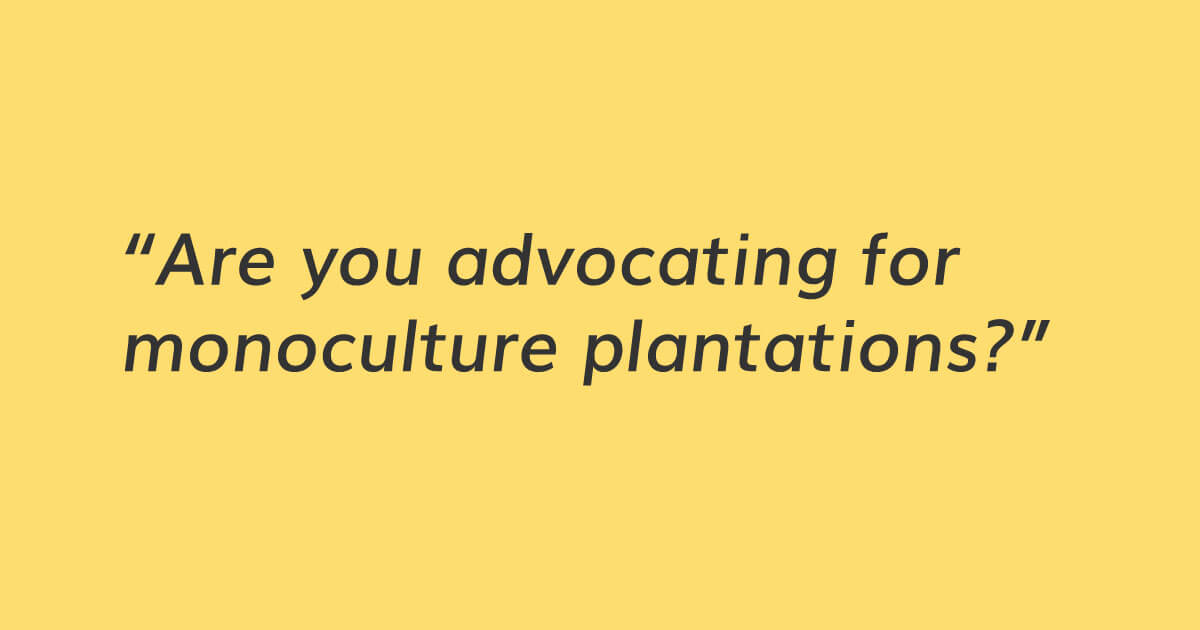
Additional investment into soils research will be critical for the fight against soil biodiversity loss and climate change. As the largest terrestrial repository of both biodiversity and carbon, effective management of soil is among our most powerful weapons in the fight against biodiversity loss and climate change. But we urgently need to understand more about the role that below ground soil communities can play.
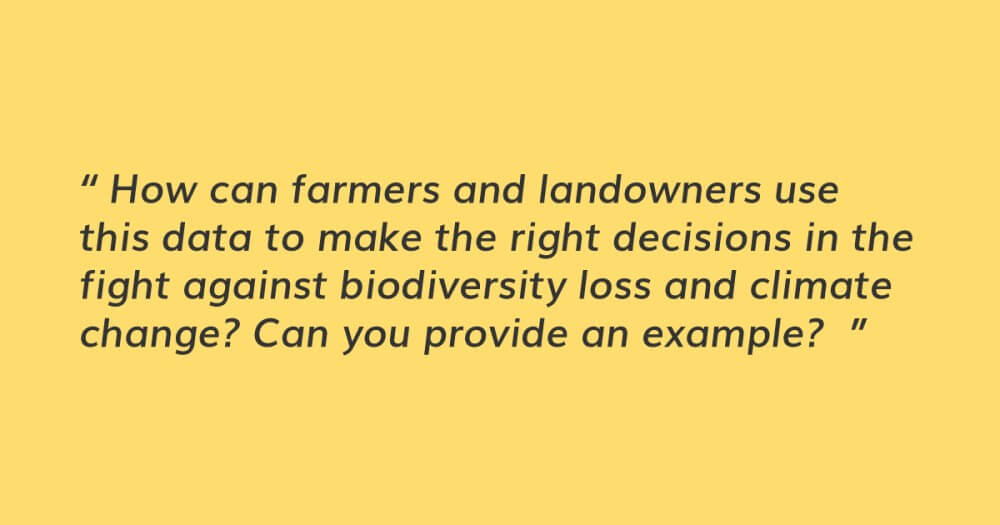
There are a number of ways land managers and farmers can support in further research. We would encourage them to collaborate with scientists – for instance by providing soil samples and sharing their own vast knowledge of soil health and management. It is also important that the agricultural sector globally is supported in their efforts to promote soil health.
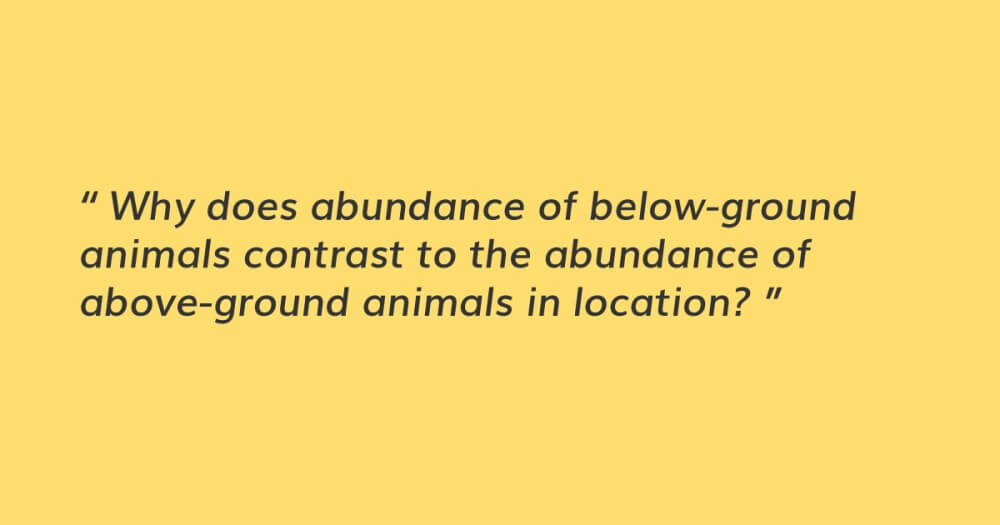
We are calling for below ground research to be given equal priority to above ground research. Currently, far more is spent on researching and restoring above ground ecosystems, despite the massive potential of soil to act as a carbon store. Urgent funding is now needed to further understand how to manage soil communities in the fight against climate change.
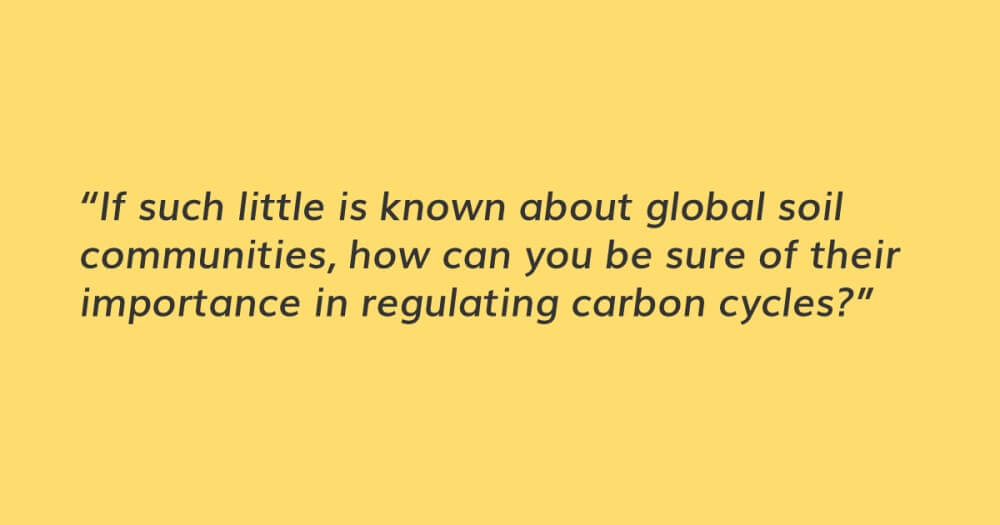
By having a global perspective, we were able to view patterns in the distribution of soil organisms (which comprise soil communities) and fully comprehend their importance in governing the distribution of carbon storage on land. When the soil community changes, we see high changes in the amount of carbon stored, and in the health of plants across the globe.

We reviewed hundreds of papers written by scientists from across the world, with the aim of synthesizing current understanding and providing astate-of-the-art overview of global soil biodiversity and carbon storage.

Managing ecosystems for overall health and sustainability is the best way to promote healthy soil communities and protect soil biodiversity. By illustrating what types of soil communities and ecosystems are best suited to any given location on Earth, our review—in tandem with work by hundreds of other soil scientists—can help inform local management goals and ensure that soils are managed appropriately. For example, we can now use soil inoculants to selectively assist the development of healthy soil communities into natural or agricultural settings. Similarly, by selecting the right types of trees, plants, and grasses, and by adopting responsible agricultural practices, land managers can shape the types of organisms that inhabit the soil, which not only promotes healthy, native ecosystems, but also maximise carbon storage in soils.

